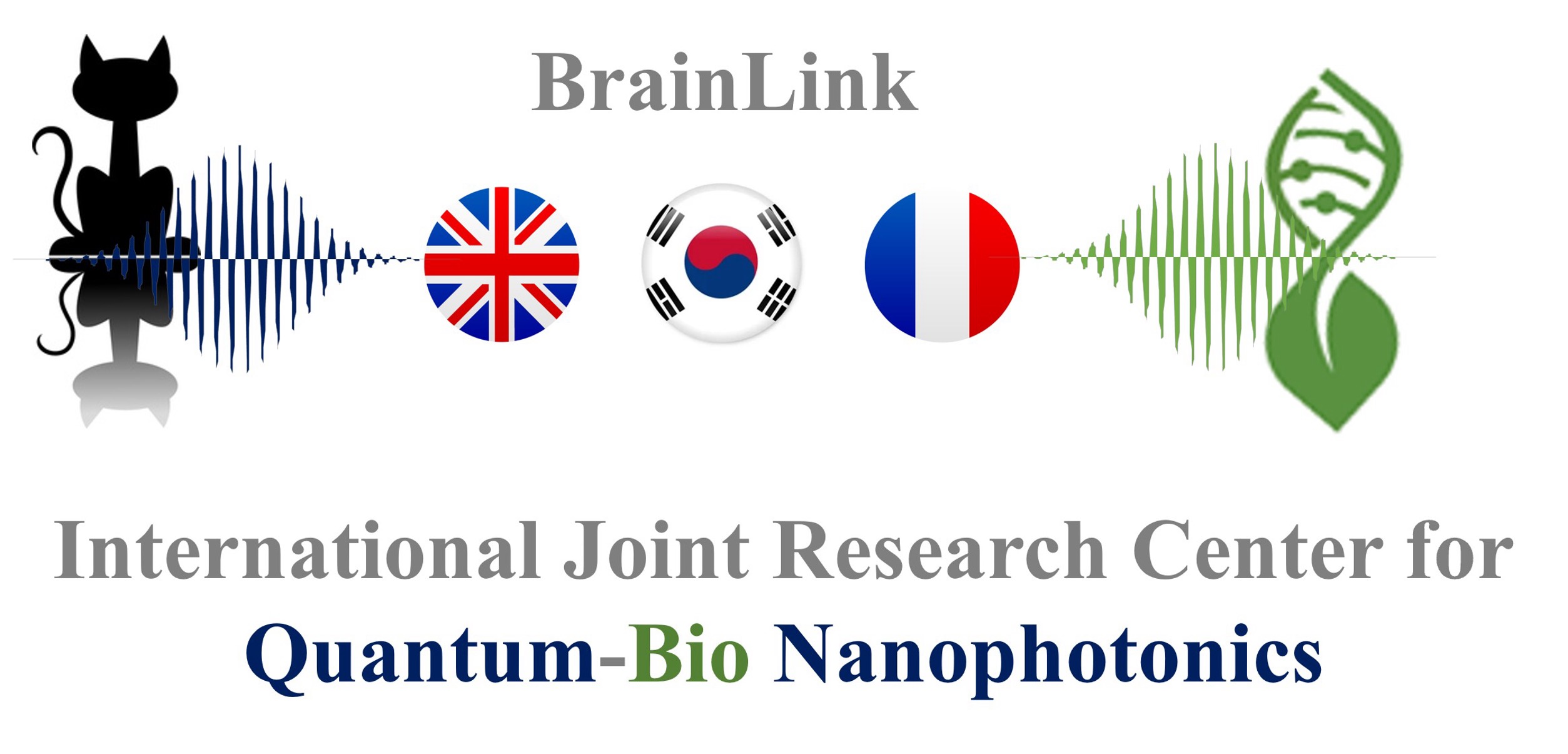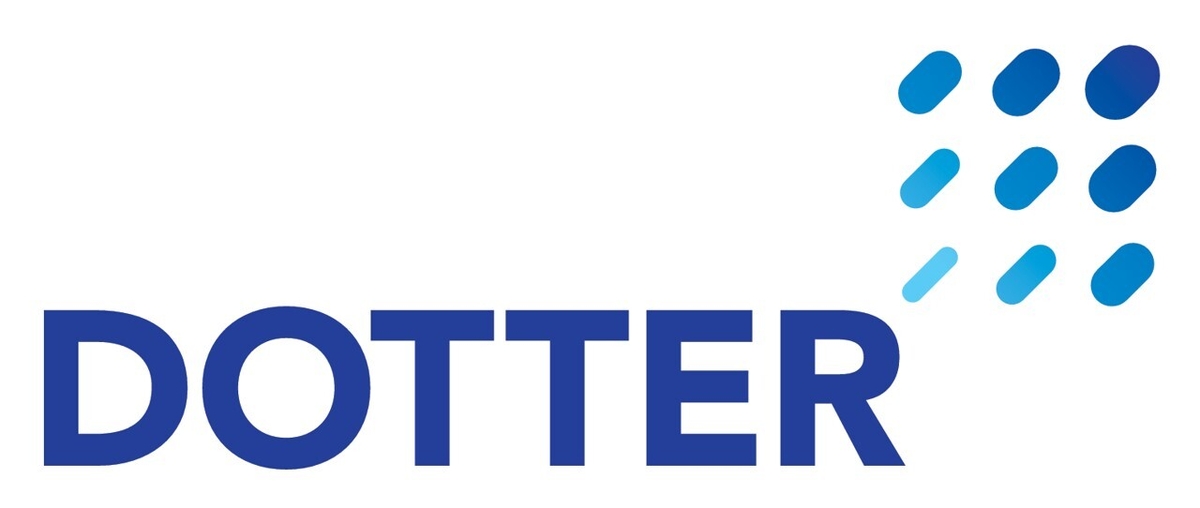Tutorial Speakers
We are pleased to announce that the Tutorial Program of SPIE ABC 2025 will take place on Saturday, November 1, 2025, from 09:00 to 11:30, at the Diamond Hall, UTOP UBLESS Hotel Jeju. This session will provide participants with an opportunity to gain in-depth knowledge and practical insights from leading experts in the field, fostering both academic exchange and professional development.
Tutorial I

Prof. Yong-Sang Ryu
(Korea University, Korea)
Presentation Title
Beginner's guide to drawing a photonical figures/illustration for journal paper/project using 3D rhino.
Tutorial II

Prof. Kihean Kim
(POSTECH, Korea)
Presentation Title
Light sheet fluorescence microscopy


























